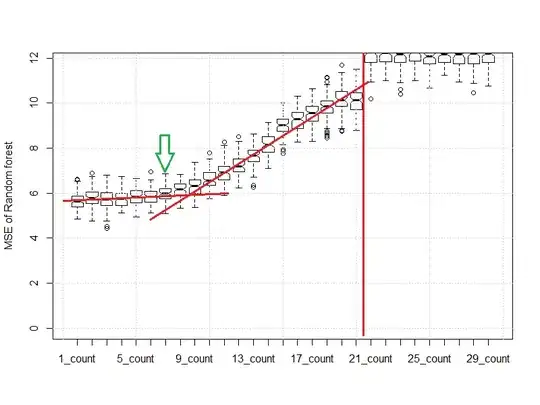I created the scatterplot on the left in Tableau and ran the regression line, which resulted in an R^2 of 0.63 (confirmed this in excel as well). Then, I used the "Force y-intercept to zero" option in line settings and was surprised to find that the R^2 value of my regression line actually increased (see scatter on right with intercept of 0 and R^2 of 0.67). This is counter-intuitive to me because I thought that the purpose of a regression line was to create the line that results in the highest R^2 value. How could forcing it go to go through (0,0) increase the R^2? Thanks in advance for your help.
Link to Raw Data is here (not sure how to force through origin with google sheets): https://docs.google.com/spreadsheets/d/1NM40zQzpk7GCfh1qws76Bmgc1DDdpztJpKjlcxnhUDs/edit?usp=sharing
